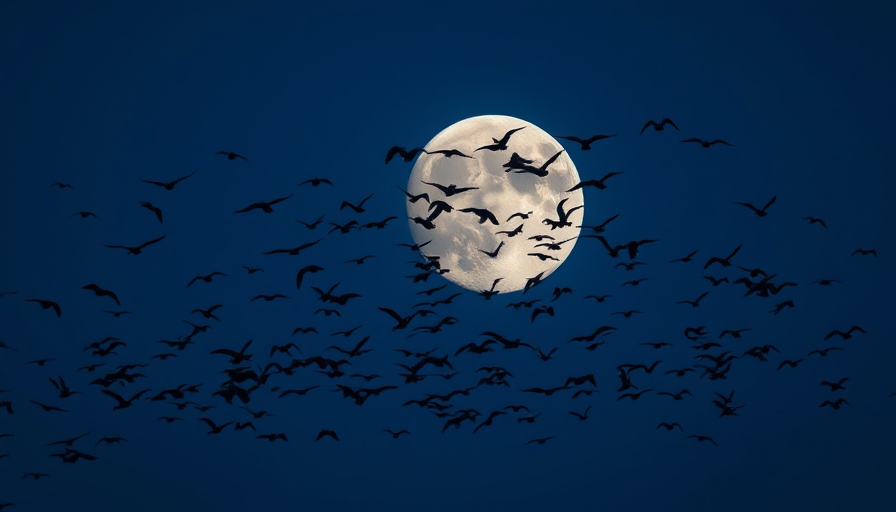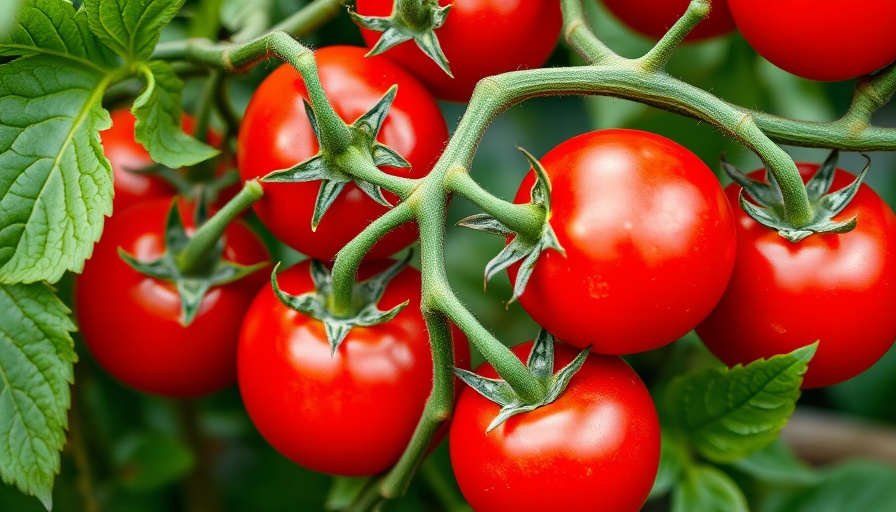
Unlock the Secrets to Choosing Binoculars for Birdwatching
Venturing into the world of birdwatching is more than just a leisurely pastime; it’s an expedition into nature where every detail matters—especially when it comes to your binoculars. As you embark on this exciting journey, choosing the right binoculars can significantly elevate your birdwatching experience. Here, we break down essential features and critical considerations to help you select binoculars like a pro.
Understanding Binocular Specifications
The specification on binoculars typically appears as a combination like “8×42.” This notation is pivotal as it highlights two crucial factors: magnification and objective lens diameter. The first number represents magnification—8x means the object appears eight times closer. The second number indicates the lens diameter in millimeters. In this case, 42mm lenses gather more light, which usually translates to a clearer image.
Why Magnification Matters, But More Isn’t Always Better
While you may be tempted to gravitate towards high magnification, more power isn’t always advantageous in birdwatching. For instance, a higher magnification, such as 12x, often leads to shaky images due to minor hand movements being amplified significantly, making the viewing experience challenging. A more stable and comfortable choice would be binoculars with 8x or 10x magnification, which offer a fine balance between zoom and stability.
Field of View: The Bigger Picture
Your immediate instinct might be to focus on magnification, but the field of view is equally critical. It refers to the visible area through the binoculars; a wider field allows for easier tracking of birds in motion. Binoculars with a broader field of view ensure you can quickly locate and follow birds flitting about the landscape.
Don’t Ignore Eye Relief
If you wear glasses, eye relief is a feature that warrants attention. This is the distance from the eyepiece at which you can still see the full field of view. Binoculars with a longer eye relief specification make it more comfortable to use them if you wear glasses, preventing you from having to squint or remove your spectacles to get the best view.
Price Range: Finding Your Budget Sweet Spot
There’s a wide price spectrum when it comes to binoculars, ranging from budget-friendly pairs to high-end models costing upwards of $2,000. While investing in quality optics is essential, it’s possible to find excellent binoculars at mid-range prices that meet most birdwatchers' needs without breaking the bank. Look for durability, image clarity, and functionality that enhance your birdwatching adventures.
Conclusion: Your Birdwatching Adventure Awaits!
Understanding these key factors is imperative in selecting the right pair of binoculars. By focusing on magnification, field of view, eye relief, and budget, you set the stage for countless memorable birdwatching experiences. Armed with this knowledge, you're ready to take your passion for birdwatching to new heights!
 Add Row
Add Row  Add
Add 




Write A Comment